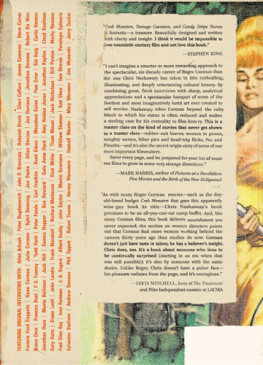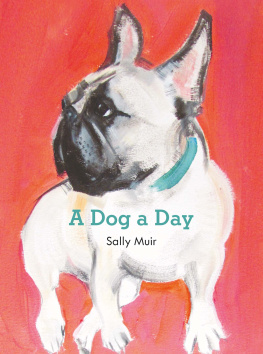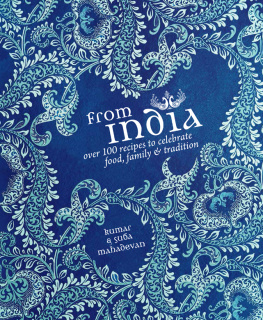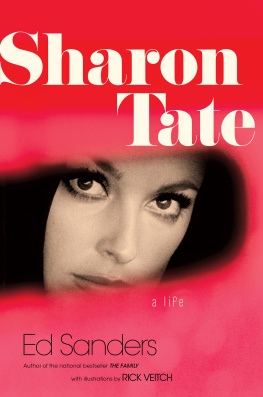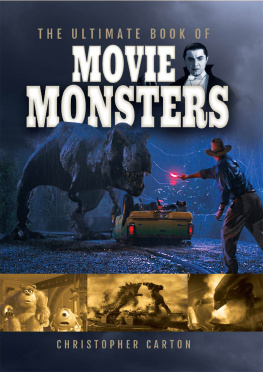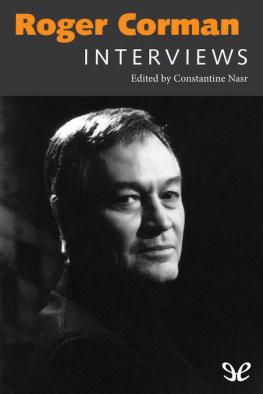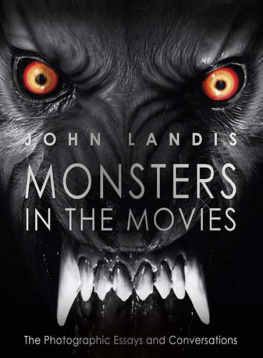
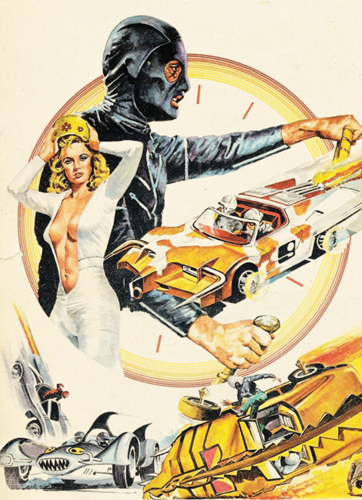


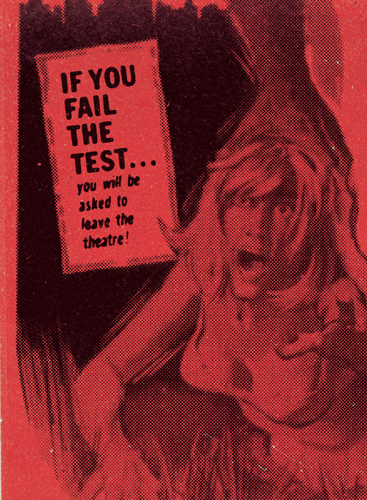
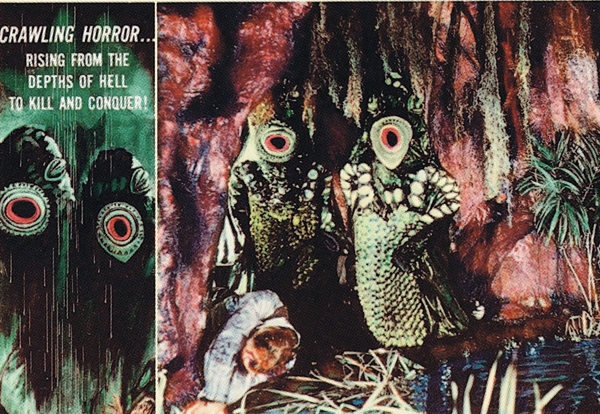

CONTENTS
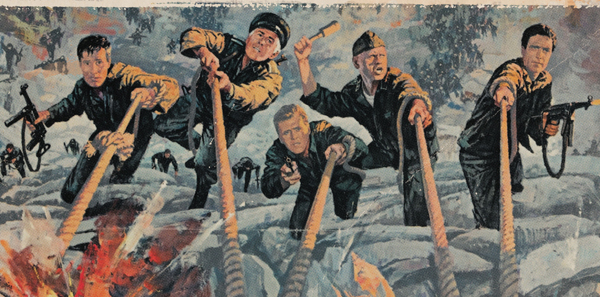
by John Landis
by Chris Nashawaty

U.S. posters for (clockwise from top left) Rock All Night (1957), The Saga of the Viking Women and Their Voyage to the Waters of the Great Sea Serpent (1957), X: The Man with the X-Ray Eyes (1963), and Gunslinger (1956), all directed by Roger Corman.
John Landis
INTRODUCTION
QUESTION: What do the films Candy Stripe Nurses and Cries and Whispers have in common?
ANSWER: Roger Corman.
The first time I met Roger Corman was in his office above the Cock n Bull restaurant on the corner of Sunset and Doheny on the west end of the Sunset Strip. It was 1971 and I was trying to convince Mr. Corman to finance a film Id just written, an extremely low-budget parody of extremely low-budget ape-man movies, which was appropriately titled Schlock. I was surprised and flattered that he took the meeting and was treating twenty-one-year-old me seriously as a director. He was complimentary about my screenplay but felt it was too short and would benefit from several added scenes where the Missing Link character would encounter bare-breasted women. At first I thought he was kidding, but I soon understood he was not. He was pleasant but firm and suggested several ways that this idea could be accomplished within the context of the existing plot. Ultimately he decided against Schlock, and he was again pleasant but firm when he turned down the distribution of the finished film six months later.
Over the years I occasionally worked on New World pictures as a crew member or stuntman, sometimes even as an actor. However, I cant really be considered an alumnus of the Roger Corman School of Filmmaking, as I never directed a movie for him. Regardless, it is my honor to write the introduction to this book because Roger Corman is important. Heres why.
Roger Corman has been making movies for more than fifty years. He has produced, directed, and acted in movies for most of his life. Corman has directed films both contemporary and period, in almost every genre: Westerns (Gunslinger), horror (The Masque of The Red Death), war (Von Richthofen and Brown), science fiction (X: The Man with the X-Ray Eyes), fantasy (The Saga of the Viking Women and Their Voyage to the Waters of The Great Sea Serpent), gangster (The St. Valentines Day Massacre), musical (Rock All Night), biker (The Wild Angels), psychedelic (The Trip), drama (The Intruder), and comedy (The Little Shop of Horrors). And please note that I gave only one of his titles in each genreotherwise this introduction would take an entire chapter of this very large book.
As a motion picture distributor, Roger brought the films of such legendary directors as Federico Fellini, Ingmar Bergman, and Akira Kurosawa (not to mention Jim Wynorski) to the movie theaters of America. Cormans influence stretches from the local drive-in to the art house, and through his disciples he continues to impact world cinema today.
The distinguished list of graduates from the Roger Corman School of Filmmaking is legendary. Roger has given opportunities to (or exploited, depending on your point of view) an extraordinary number of cinematographers, production designers, costume designers, special effects artists, composers, writers, producers, actors, and directors. All of them have expressed their gratitude to Roger for giving them their entrance into the movie business.
Directors who began their film careers with Roger include Allan Arkush, George Armitage, Timur Bekmambetov, Peter Bogdanovich, James Cameron, Francis Ford Coppola, Joe Dante, Jonathan Demme, Curtis Hanson, Monte Hellman, Jack Hill, Ron Howard, Jonathan Kaplan, and Martin Scorsese. Cinematographers include Tak Fujimoto and Lszl Kovcs. Actors include Sandra Bullock, Robert De Niro, Dennis Hopper, Jack Nicholson, Talia Shire, and Sylvester Stallone. Screenwriters include Richard Matheson, John Sayles, and Robert Towne.
Roger is a risk-taking artist who has directed bold and original films, yet he titled his autobiography How I Made a Hundred Movies in Hollywood and Never Lost a Dime. Somewhere the boldfaced names in the history of the American motion picture industry are carved in blocks of Styrofoam painted to look like marble. There are two columns: on the left are the tough emigrants, former junk dealers, and glove makers who actually built the movie businessmen like Louis B. Mayer, Samuel Goldwyn, Carl Laemmle, Adolph Zukor, William Fox, and Joseph Schenck. This list also includes artists/businessmen/executives like Irving Thalberg, Walt Disney, Darryl Zanuck, and David O. Selznick. The column on the right has the names of filmmakers: D. W. Griffith, Sergei Eisenstein, F. W. Murnau, Erich von Stroheim, and Abel Gance, and the list continues on into the present day. The names on these imaginary slabs of marble are legion, and ROGER CORMAN would be found etched deeply into both columns.
This volume by Chris Nashawaty contains a unique collection of images from Rogers enormous body of work, critical essays on ten of his films, and an oral history from Cormans former employees and collaborators. It should give you a clear understanding of how profoundly Roger has made his mark in Hollywood.
From first-run movie palace to multiplex to grind house, from VHS cassette to digital download, Roger and his wife and partner Julie are still making motion pictures! This book is a celebration of a remarkable life in the movies.
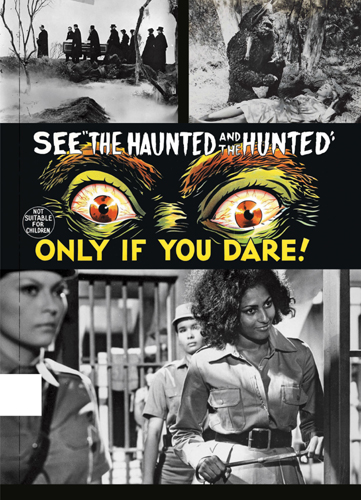
Images (clockwise from top left) from Premature Burial (1962), directed by Roger Corman; Day the World Ended (1955), directed by Roger Corman; Dementia 13 (1963), directed by Francis Ford Coppola; and Women in Cages (1971), directed by Gerardo de Len.
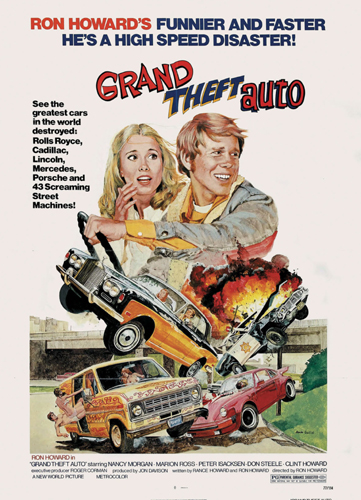
U.S. theatrical poster for Grand Theft Auto (1977), one of a slew of rock em, sock em car-crash comedies that Roger Corman produced in the 1970s. What made this one different, though, was the young man behind the cameraa still-baby-faced, twenty-three-year-old former child star named Ron Howard, who would go on to direct such critical and box-office hits as
Next page
